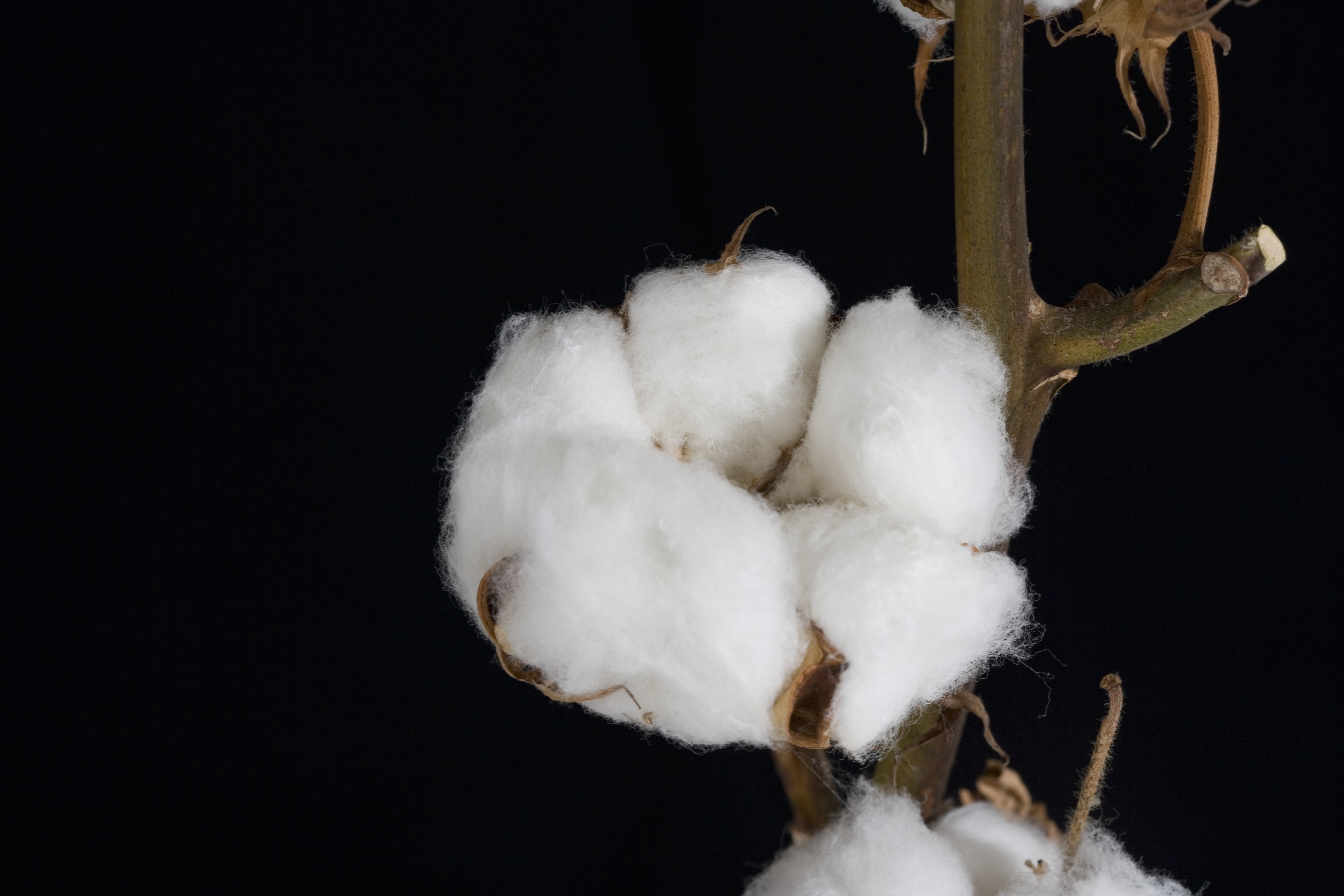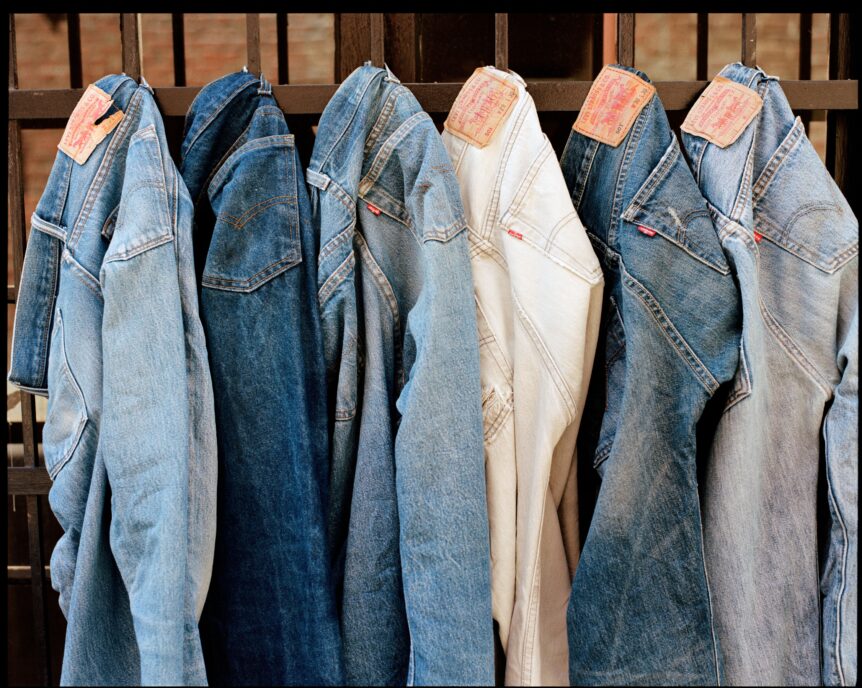Editor’s Note: On December 12, 2012, Levi Strauss & Co. strengthened our company action plan after further engagement with Greenpeace. We are now focused on the work to execute these commitments, with other companies in the Zero Discharge Roadmap, and through our individual action plan.
Language in this blog post was updated Jan. 4, 2013, to ensure it reflects the latest information on our action plan.
Greenpeace International, through its Detox campaign, has asked us and others to rethink how we use chemicals in the apparel industry.
Over the years, Levi Strauss & Co. has taken a number of leadership actions on this issue. We were one of the first companies to develop a Restricted Substances List, which establishes the chemicals we restrict in our manufacturing process. And we were the first company to set EPA-level standards for the wastewater leaving our supplier factories. More recently, we pioneered Levi’s® Water<Less™ jeans, which are made using significantly less water in the finishing process.
Again, we want to be very clear that our products are safe for you to wear. Testing demonstrates that the chemicals analyzed on Levi’s® products are not known to constitute any direct health risk to the wearers of the clothing.
But we do agree with Greenpeace that the industry needs to take this seriously and think differently about how we use chemicals. Levi Strauss & Co. will continue to be a leader in this effort.
In addition to our pioneering efforts over time, we took additional actions more than 6 months ago – by strengthening our collaboration with other leaders in the industry to develop holistic solutions. Earlier this year we joined key partners like Adidas, H&M, Nike and Puma in the Joint Roadmap toward Zero Discharge of Hazardous Chemicals (ZDHC) by 2020. The Joint Roadmap is highly ambitious – it sets a new standard of environmental performance for the global apparel and footwear industry, outlining specific commitments and timelines.
We’re encouraged by the progress we’re making with the Joint Roadmap, but we also agree with Greenpeace that this must be matched by a specific individual action plan. That’s why we’re also making our internal targets and goals public — and sharing an even more aggressive company commitment:
• By January 2016, we will stop producing products with perfluorinated compounds (PFCs) – chemicals that have unique properties to make materials breathable, waterproof, and stain resistant. This challenge is significant, considering there are currently no equally effective alternatives to PFCs.
• We’re also taking measures in the short term to fully enforce our ban on alkyl phenol ethoxylates (APEOs) – chemicals used in some fabric detergents. We’ll do this by enhancing both the training and auditing of our supply chain and ensuring our suppliers have the latest information on APEOs, highlighting where there is risk of entry into the manufacturing process.
• Additionally, we will pilot supplier transparency of discharge of hazardous chemicals in 40 facility locations and share the outcome by the end of 2013.
You can read more detail about our individual action plan here.
Given the vast breadth and depth of global supply chains, the fact that many factories from many different industries often release wastewater into the same bodies of water, and the fact that our industry has long-established practices, change isn’t going to be easy – it will require investment, innovation, collaboration, and perseverance.
We don’t pretend to have all the answers, but we’ll continue to push ourselves to lead. Ultimately, we want our values and actions to support a more sustainable future for the planet – and for the people in the countries and communities around the world where our products are made and worn.







